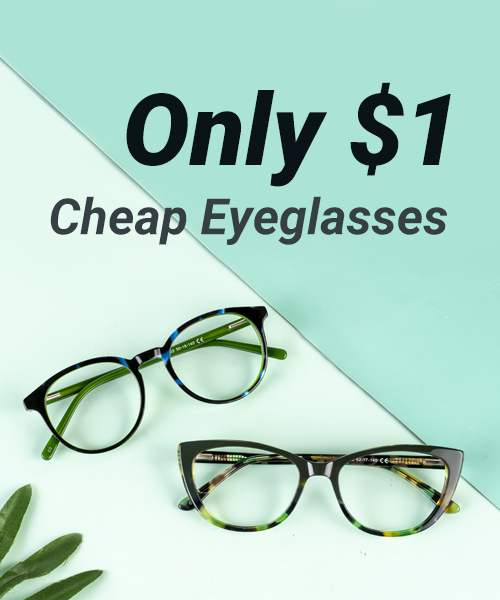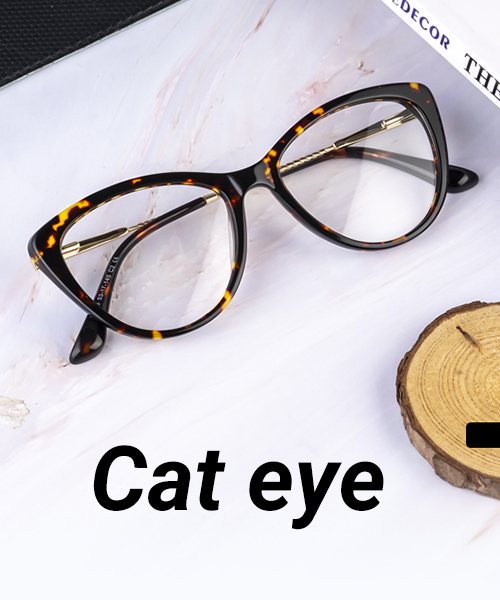Anyone who has worn prescription eyeglasses knows that almost all frames have these data printed on the leg of a pair of glasses - as shown below. This string of characters, first of all, "SP202" refers to the model number of this eyeglass; most general brand glasses frames use a combination of letters + numbers. The next number-"52," refers to the width of the individual frame of the glasses; and the number-"16," refers to the width of the nose bridge. After that, "140" is the length of the frame legs, and the unit of these three numbers is millimeters (mm). Finally, the last string-"C16," generally refers to the color number of this model subordinate; because the same style glasses frame has a variety of colors, they use this string to distinguish the mark. The middle three numbers are the most important of these.

If you have just finished the eye exam, the optometry data will generally have pupillary distance (PD) data. This data is typically around 60mm, the distance between your two pupils. If this parameter is unavailable in the prescription sheet, you can contact your optometrist to ask them to provide it. Or you can refer to our steps to measure the pupillary distance yourself.
So let's do an example, using myself as an example. My pupillary distance is 66mm, and what I need to do is to add up the two numbers in front of me, 52+16=68; this 68 is the optical center distance of the frame. Here it is essential, 68-66=2, and the 2mm is called the distance to move the optical center of the frame to the position of your pupil distance when you do the lens processing. The smaller the number, the better. The smaller it is, the more the specific frame matches your visual characteristics. The best result is 0; the optical center of the frame fits your pupil distance exactly. This difference can be defined arbitrarily, preferably within 6, and 10 is the limit, I think.
The popular frames on the market are oversized, and finding a style that matches your pupil distance can be challenging. Even if you find one, you will probably not be satisfied because although it fits your pupil distance because it is a big frame, you will feel a little cramped and uncoordinated when you wear it. So to buy oversized frames, its optical center will be more or less significant than your pupil distance. 6 mm or less of optical The difference in the center will look more coordinated, if more than 10 mm, not only is the design unreasonable, it also means that this pair of frames will exceed your face a lot, you wear the probability will not look too good.
So, if you buy glasses with small-sized frames, it is easy to find a style that fits your optical center. If you want a large frame, look for one close to your pupil distance, calculated as above. If you look at a frame and think it is really good-looking, non-it do not. The difference calculated by the above formula is more significant than 10 mm, never, never hard to buy. Wearing comfortable glasses is the first element; all the rest are for comfortable service. Good-looking or not, really not that important, and the market is more than millions of glasses frames, you can certainly choose to wear comfortable, the correct size. This look is like looking for a significant other.
After reading this, you know roughly what size eyeglass frame you should choose, so go check out our eyeglasses and sunglasses. They have a large variety and full size, containing a very large number of high quality cheap glasses, you can choose the right one for you by the above.





